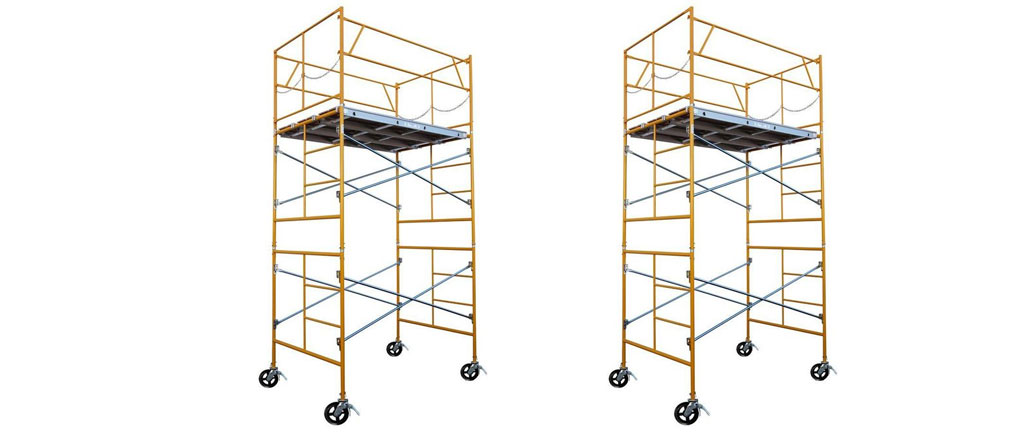What is the Load Capacity of a Scaffold Tower?
In the construction and maintenance industries, scaffold towers are indispensable for providing safe, elevated platforms for workers. A fundamental aspect of scaffold tower safety and efficiency is understanding its load capacity – the maximum weight it can safely support. This encompasses the weight of workers, tools, materials, and any other equipment used on the platform. Let's delve into what determines this capacity and how to adhere to it for optimal safety.

Factors Influencing Load Capacity
The load capacity of a scaffold tower is influenced by several key factors:
- Material Construction: Scaffold towers are typically made from aluminium or steel. The material's strength directly impacts the tower's overall load capacity.
- Design and Structure: The architectural design, including the cross-sectional dimensions of the components and their configuration, plays a crucial role in determining how much weight the scaffold can bear.
- Manufacturer Specifications: Each scaffold tower comes with manufacturer specifications that include the maximum safe load capacity. These specifications are based on rigorous testing and compliance with industry standards.
Typical Load Capacities
Scaffold towers are generally classified into three main categories based on their load capacity:
- Light-Duty (Low Load): Suitable for tasks involving fewer workers and lighter materials, light-duty towers can typically support up to 100 kg/m².
- Medium-Duty (Standard Load): Designed for more substantial work with multiple workers and equipment, medium-duty towers have a load capacity of around 200 kg/m².
- Heavy-Duty (High Load): For projects requiring heavy materials and equipment, heavy-duty towers can support weights exceeding 275 kg/m².
Ensuring Compliance with Load Capacities
To maintain safety and structural integrity, it's essential to adhere to the specified load capacities:
- Accurate Calculation: Before commencing work, calculate the total weight of workers, tools, and materials that will be on the scaffold. Ensure this total does not exceed the tower's specified load capacity.
- Even Distribution: Load should be evenly distributed across the platform to prevent tipping or structural compromise.
- Regular Inspections: Scaffold towers should be inspected regularly for signs of wear or damage that could affect their load-bearing capabilities. This is especially important after alterations, adverse weather, or relocation of the tower.
Adhering to Safety Standards
Understanding and complying with the load capacity of scaffold towers is not just a matter of regulatory compliance; it's a critical component of workplace safety. Overloading a scaffold tower can lead to structural failure, posing significant risks to workers and bystanders alike.
Safeguarding Your Site
In summary, the load capacity of a scaffold tower is a crucial consideration that must be respected to ensure the safety of construction and maintenance projects. By understanding the factors that influence load capacity and adhering to manufacturer specifications and safety guidelines, you can maintain a secure working environment that protects all involved. Always prioritize safety over convenience to prevent accidents and ensure the longevity of your scaffold tower.
